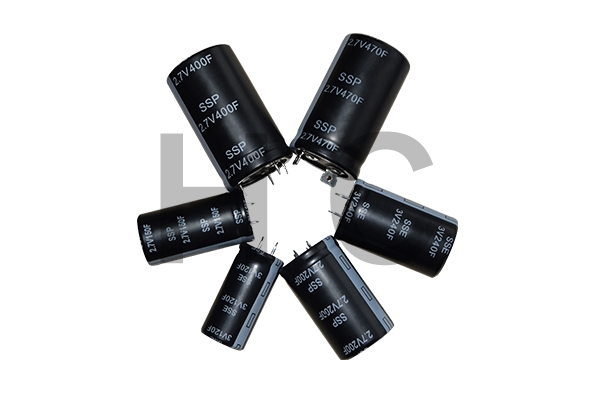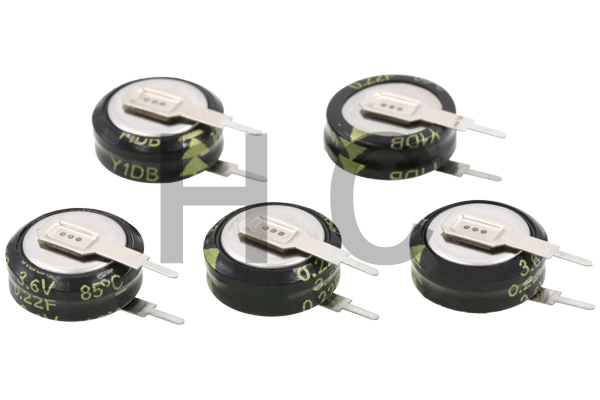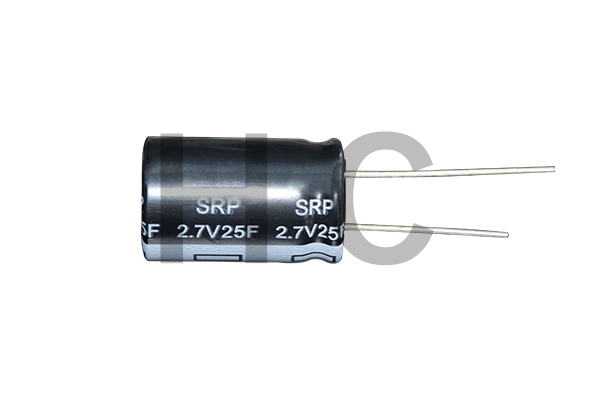Farad, referred to as "law", the symbol is F;
1 Farad is when the Farad capacitor stores 1 coulomb of electricity, the potential difference between the two plates is 1 volt 1F=1C/1V;
1 Coulomb is the amount of electricity transported by a 1A current in 1s, that is, 1C=1A·S;
1 coulomb = 1 ampere second;
1 farad = 1 ampere sec/volt;

The discharge capacity of the battery (battery) at 12 volts and 14 amps = 14*3600*1/12=4200 Farads (F), (Note: 12 volts and 14 amps are connected in series by 6 pieces of 2v14 amps. If you change it to 6 fast parallel, it is equal to 2v84 amp hours, converted to 1v is 168 amp hours). The capacitance value of the earth is only about 1-2F.
The reason why supercapacitor manufacturers call it "super":
Supercapacitors can be thought of as two non-reactive porous electrode plates suspended in an electrolyte, on which electricity is applied, the positive plate attracts negative ions in the electrolyte, and the negative plate attracts positive ions, actually constituting two capacitive storages layer, the separated positive ions are adjacent to the negative plate, and the negative ions are adjacent to the positive plate.
Supercapacitor module Supercapacitors store energy in the separated charges. The larger the area used to store the charges and the denser the separated charges, the greater the capacitance.

The area of the supercapacitor is based on the porous carbon material, the porous structure of this material allows its area to reach 2000m2/g, and a larger surface area can be achieved by some measures. The separation of charges in Farad capacitors is determined by the size of the electrolyte ions that are attracted to the charged electrodes. This spacing (<10 Å) is smaller than what can be achieved with conventional capacitor film materials.
The huge surface area combined with the very small charge separation distance makes the supercapacitor have an amazingly large electrostatic capacity compared with the traditional capacitor, which is also its "super".
The area of the traditional capacitor is the flat area of the conductor. In order to obtain a larger capacity, the conductor material is rolled very long, and sometimes a special arrangement is used to increase its surface area. Traditional capacitors use insulating materials to separate their two poles, usually plastic films, paper, etc. These materials generally require as thin as possible.
